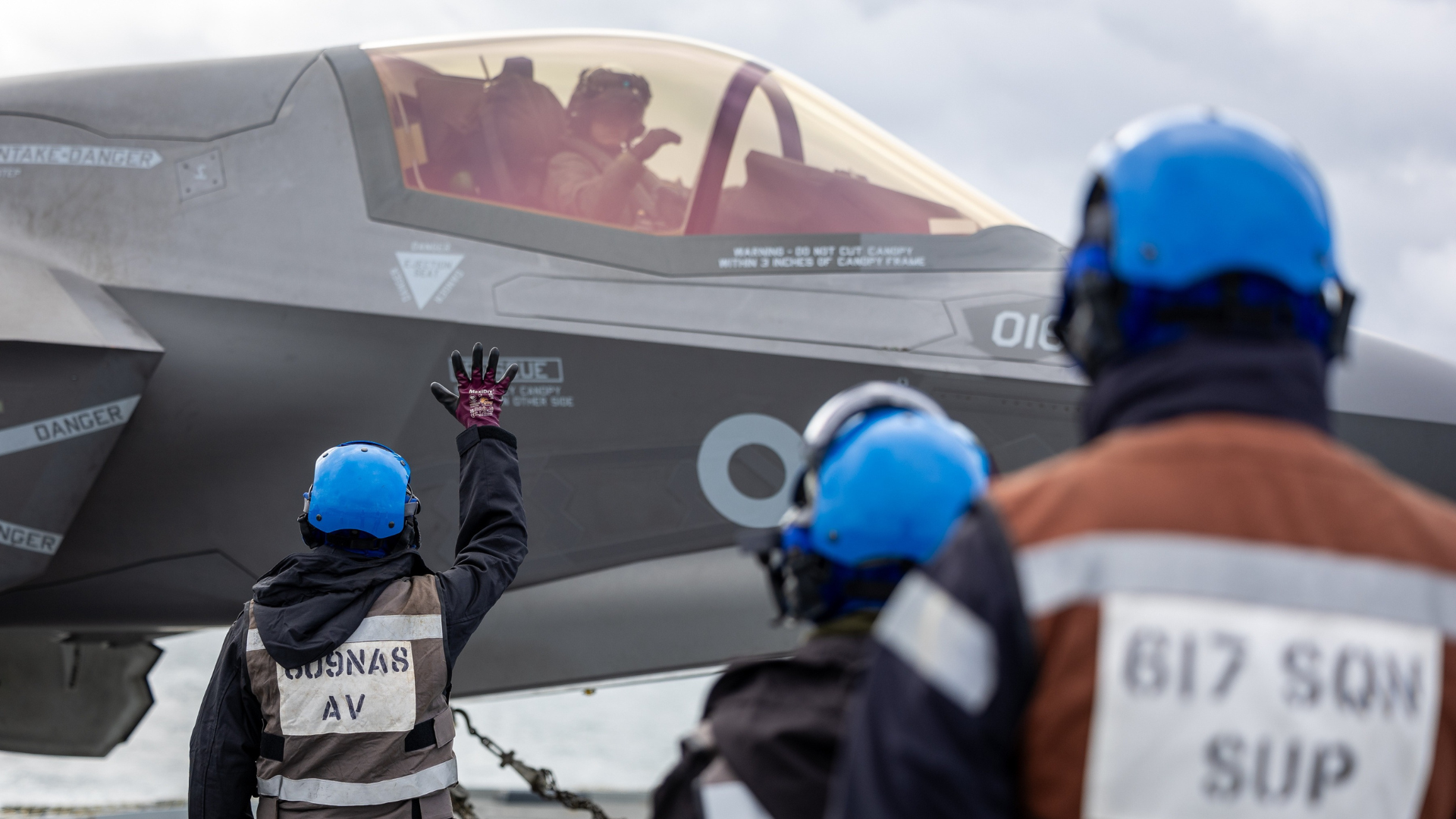Just under 20 years ago this week, Boeing and McDonnell Douglas announced arguably the biggest merger in the history of civil aerospace – with a stock-for-stock, $13.3bn deal that saw the company grow to a total worth of around $48bn in 1996 (around $80bn in 2014). Since then, M&A activity in Aerospace has followed a ‘bumpy’ trend – with consolidation increasing within the supply chain, rather than the wholesale merging of large, and actively competing companies.
But what are the current trends in Aerospace M&A nearly 20 years on? Following the financial crisis in 2007-8, M&A activity in Aerospace took a sharp decline. Tighter credit access saw less than 3 ‘major’ deals worth $1bn globally in Aerospace, and the total value of M&A activity halved to $14bn, from $33bn in 2007.
However, as commercial aerospace has continued to grow over the last 5 years, and with OEMs seeking to increase near-future production rates to deal with large order books, the environment for new investments and a stronger appetite for companies seeking to integrate their supply chains more effectively, has increased.
As such, M&A activity in recent years has been driven more by the need to bolster capabilities than consume competitors – with businesses citing the need for more capital and human resource, as well as expanded facilities, in order to meet increased demand from customers. An interesting article in Flight Global during the Farnborough Airshow outlined how the ‘practical factors’ behind vertical supply chain integration are also reaping the rewards from stock market investors.
Despite this however, there are concerns that supply chain companies could find it more profitable to sell rather than invest, in the future – which, whilst helping create certainty for larger customers, may also reduce the diversity of the supply chain and its ability to foster innovation. The scale and extent to which M&A in this context is driven by the lack of access to funds for such investment , or whether companies are doing so to secure the safe future of their business however, is unclear.
In emerging aerospace nations, M&A activity is also seen as a key part of the overall strategy required to compete. For example, China’s approach to building its domestic aerospace industry relies heavily on bringing in Western knowledge and expertise. One of the many ways China is seeking to do this is by investing in M&A activity, and encouraging FDI through joint ventures (JVs). In 2013 alone, China completed over 15 M&A deals, worth around $50m each, and with a total value of over $4bn. This trend is likely to continue as China seeks to expand their international sales presence.
Over the next few years, pressure on suppliers to increase production rates may see M&A activity and supply chain consolidation continue to increase. In addition, the fast growing MRO sector may also see more M&A deals to help competitors expand across the global and reduce their overall costs. Despite this, the key for aerospace manufacturers and the supply chain is to ensure the right environment is created so that they are able to make the choice between M&A and investment – rather than find that certain market conditions dictate their future strategic choices.





